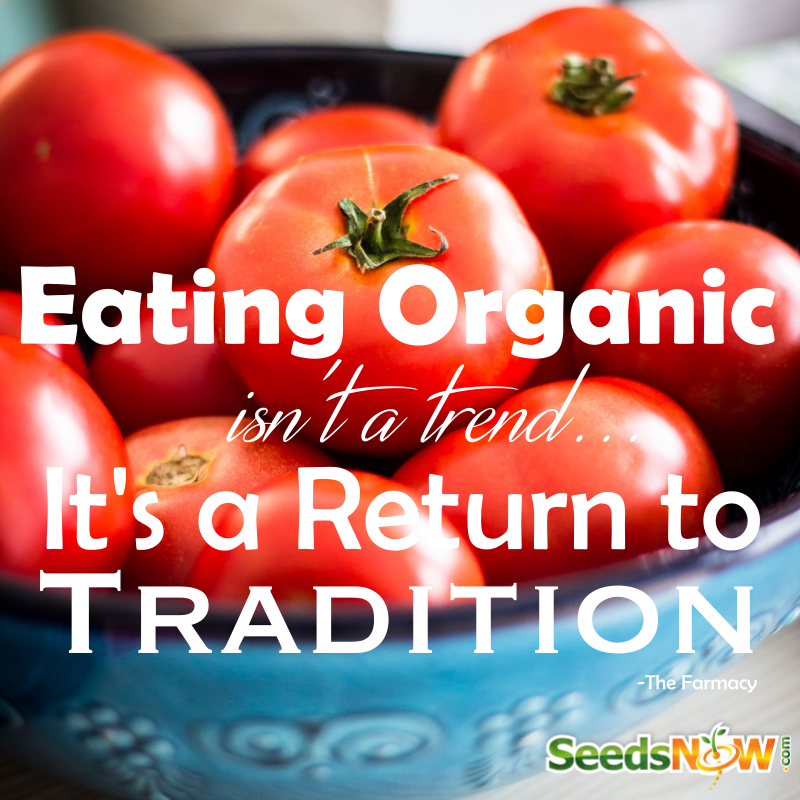Your plant is trying to tell you something. Understanding plant language can draw the line between a thriving or dying garden. Listen closely, before it’s too late.
The look of your plant’s leaves speaks volumes of your plant’s state. Yes, they’re not just food makers, but they’re also interpreters of your plant’s health condition. With this, you need to pay close attention because even the slightest difference in terms of their appearance—color, texture, and direction, can already mean something serious. Next thing you know, your plant is gasping for life.
Now, what are the leaves trying to say? And how should you answer back?
Curling inward
When you notice your plant’s leaves curling inward (somewhat forming a cup), this is most probably caused by heat stress. Too much heat can cause evaporation to happen fast. By instinct, leaves curl up in order to conserve enough moisture that your plant needs.
To prevent this from happening or worsening, give your plant the proper ventilation it needs. Also, avoid exposing your plants close to high-intensity lights and stationing them in temperatures above 26 degrees C.
Curling downward / droopy / discolored / misshapen / limited
When the leaves are looking limited, yellow, misshapen, droopy, and/or sad, it’s because they really are sad. Usually, these are what happens when you overwater, which is a common problem for most container plants. You have to know that drowning in water doesn’t only mean you’re giving them too much water, but it can also be because you’re not providing them with the adequate drainage they need. To prevent this, punch some holes on the bottom of your containers so excess water can escape. Also, check on your soil moisture from time to time too.
Brown and crunchy
When the leaves are looking brown and crunchy, your plant is most probably dehydrated. Water is an essential factor for every plant’s growth as it is what delivers important nutrients through the plant. Underwatering disables the freeflow of the necessary nutrients required by your plant. Solve this by regularly watering and providing your plant the right moisture it needs. And as mentioned, remember to check on the soil too.
Pale
Are the leaves looking less vibrant than they should? Your plant is most probably trying to convey their need for some good feeding. Yes, perhaps they’re hungry for fertilizers. As you provide them with what they need, remember to do so gradually as to not shock and overfeed them. Also, you can try transferring them to a larger container to bring back their enthusiasm. Remember, not too large, though!
Leaning to the side
If the leaves aren’t growing in the direction that they’re supposed to, horizontally, for example, they’re probably searching for where the light is. All plants crave sunlight as it is what fuels photosynthesis. To prevent your plants from leaning to the side further, put it where it can receive the light it needs.
Black mold growing on top of leaves
When leaves are beginning to wilt, show yellow spots, and develop black molds, your plant is most probably infested by aphids. Be sure to provide your plant the protection it needs against pests. For safe and best results, try using organic pesticides!
Powdery
When your leaves are looking powdery, they’re probably affected by powdery mildew disease, a disease caused by many types of fungi. This usually occurs among young leaves. When left unaided, its white to grey powdery coating can block light from reach the infected leaves, making it hard for the plant to receive the energy it needs from sunlight.
Green, healthy, and growing in the right direction
Congratulations, your plant is doing beyond well! But, remember that caring for your plant is an ongoing process that doesn’t just stop the moment they look fine. Anyways, keep up the good work!
Conclusions
Plants are not inanimate objects that you can just leave in random corners and then never look back. Rather, they are living things that feel, feed, and even speak. Listen to their calls and be observant of whatever they’re trying to say. Of course, don’t just stop there. When necessary, remember to act accordingly too.
Happy leaf = happy plant = happy you!



